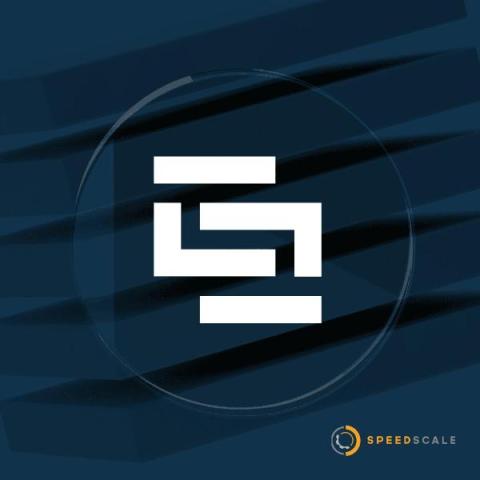Announcing Kong Insomnia 9.2 with Faker API Support and More
We're pleased to announce the general availability of Kong Insomnia 9.2. This release further expands on the features recently announced in Insomnia 9.0, with support for automatically generated fake values powered by the Faker.js library.











